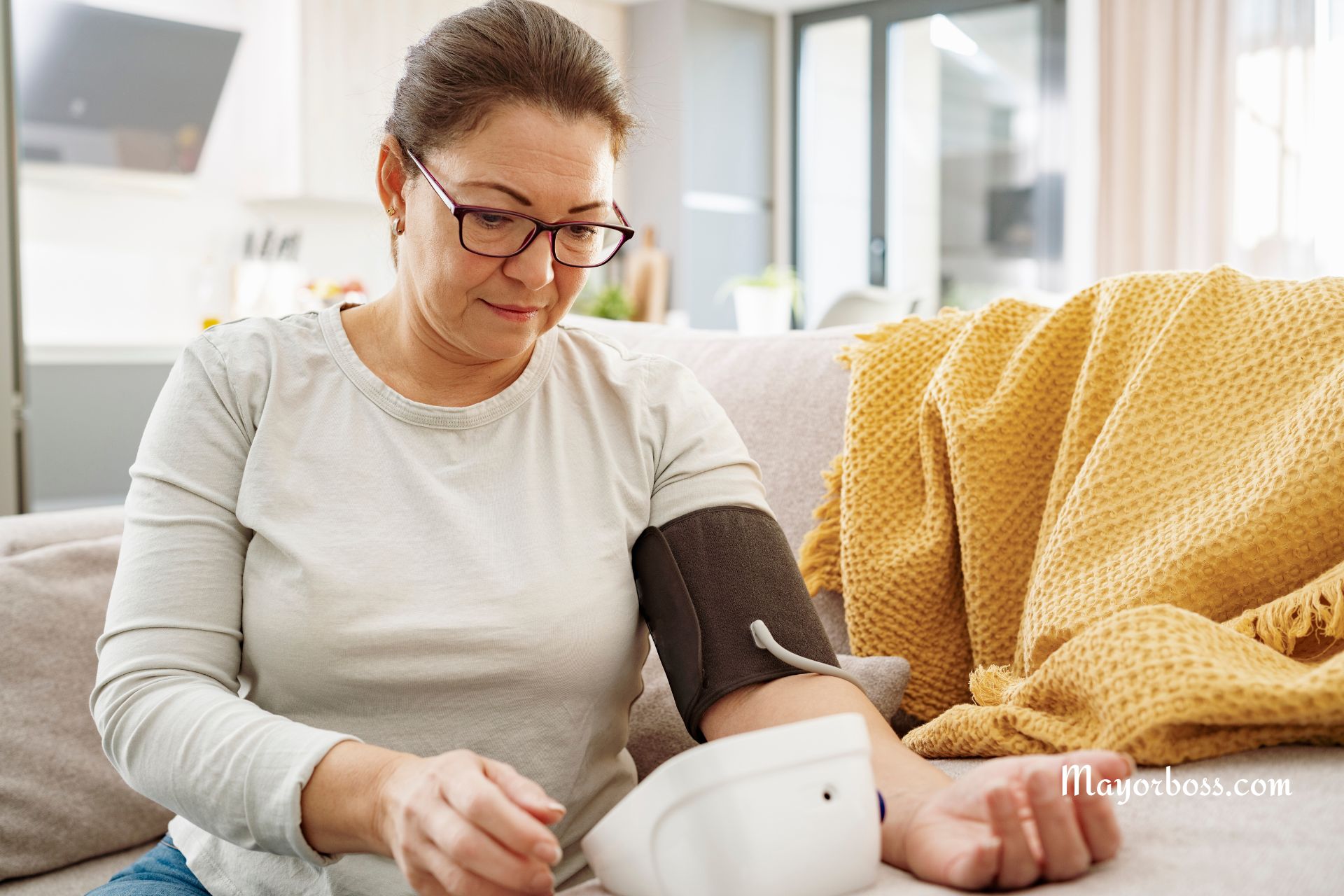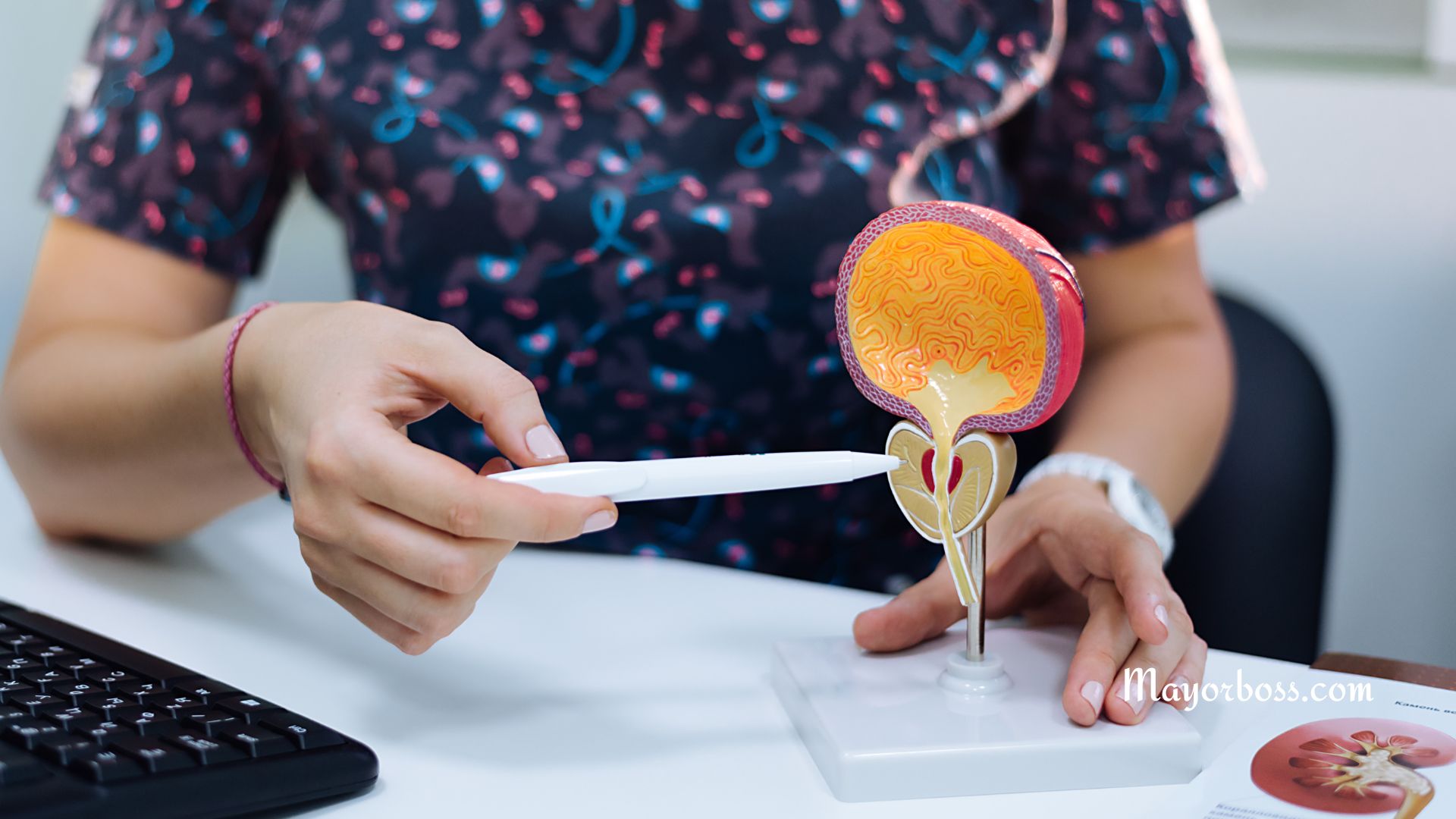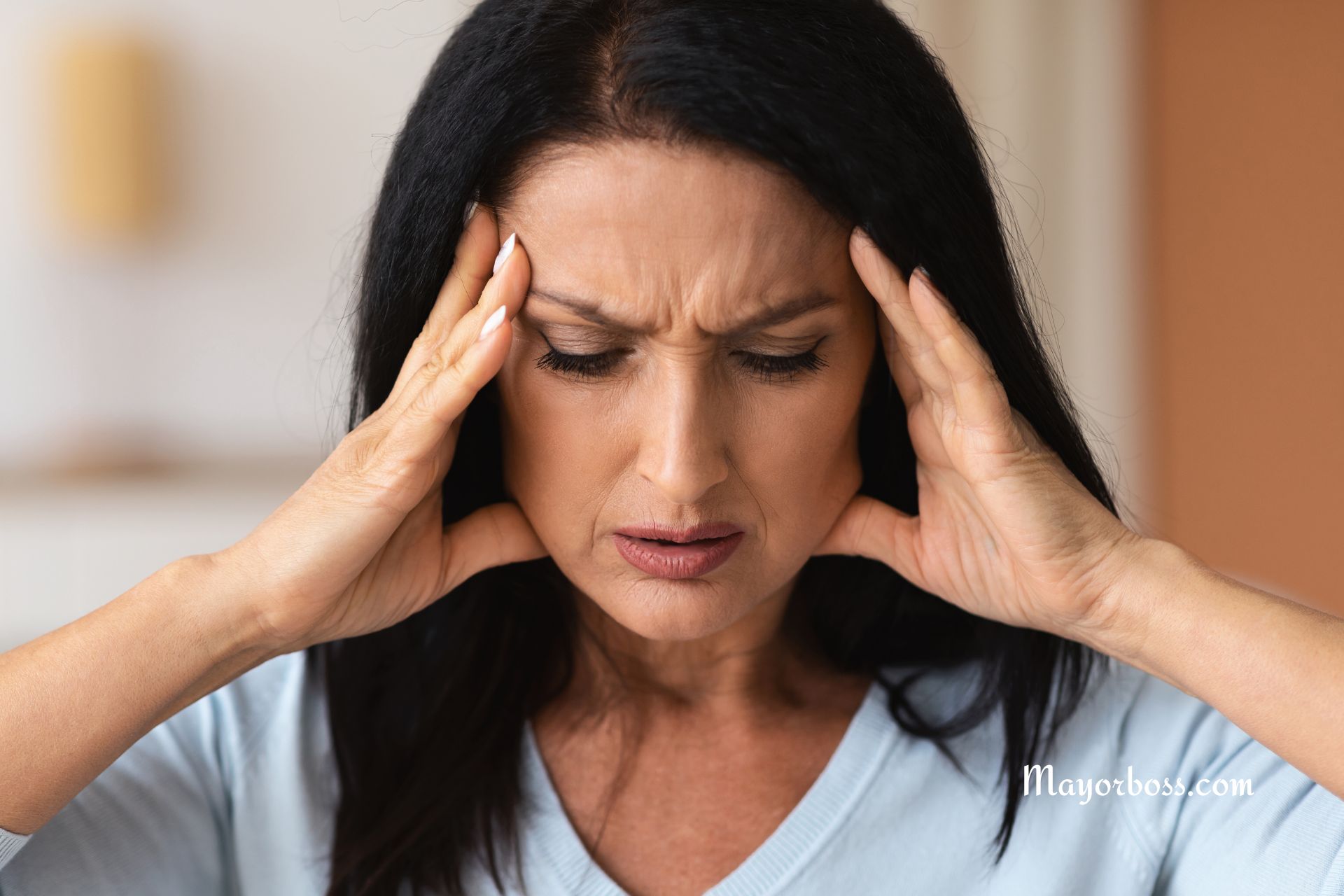Heat Stroke Symptoms: Signs, Causes, and Treatments
Summer’s here, and as temperatures rise, so does the risk of heat stroke. Heat stroke, otherwise known as sunstroke, is a serious condition that requires immediate attention.
In this article, I’ll cover heat stroke symptoms, causes, and treatments, with a special focus on how you can protect yourself.
What Is Heat Stroke?
Heat stroke, specifically, is a serious heat-related illness condition that occurs when your body overheats, usually as a result of extended exposure to high temperatures or strenuous physical activity in hot weather.
The body’s cooling mechanisms fail, causing your internal body temperature to rise. Heat stroke can be life-threatening if not treated promptly.
Signs and Symptoms of Heat Stroke
When it comes to heat stroke, knowing the signs and symptoms can be a lifesaver. It may surprise you — or not — that heat stroke symptoms can range from mild to severe.
Some common signs to look out for include:
- High Body Temperature: One of the key indicators of heat stroke is a body temperature of 104°F (40°C) or higher.
- Altered Mental State: Additionally, sudden changes in behavior, such as confusion, agitation, or slurred speech, can be signs of heat stroke.
- Loss of consciousness: In some cases, an individual with heat stroke may lose consciousness.
- Nausea and Vomiting: Heat stroke can cause feelings of nausea and, sometimes, vomiting.
- Rapid Breathing and Increased Heart Rate: Heat stroke can lead to a rapid, shallow breathing pattern and an increased heart rate as your body tries to cool down.
- Flushed skin: Heat stroke can cause your skin to become red and hot.
- Headaches: A throbbing headache is another heat stroke symptom that should not be ignored.
Causes of Heat Stroke
Several factors contribute to heat stroke, including dehydration, age, wearing excess clothing, alcohol consumption, and prolonged exposure to a hot environment.
Also, some medical conditions or medications can make you more prone to heat stroke. These include obesity, high blood pressure, heart problems, and diabetes.
Heat Stroke Treatments
Heat stroke is a medical emergency. If you or someone else has symptoms of heat stroke, it’s essential to seek medical attention immediately.
This is because heat stroke can lead to serious complications, including organ damage and even death.
Meanwhile, it’s vital to start cooling the affected person down while waiting for emergency medical help.
This can be done by moving them to a cooler area, removing excess clothing, spraying the person with cold water, and using fans or ice packs to help lower their body temperature.
Additionally, if the person is conscious, provide plenty of water or other cool beverages to help rehydrate.
Prevention
Prevention is vital when it comes to heat stroke. Therefore, on hot days, remember to stay hydrated, take regular breaks in the shade, dress in light, breathable clothing, and avoid intense physical activity during the hottest part of the day.
As always, prevention is your best defense, so stay cool, hydrated, and safe this summer.
Further Reading: 6 Early Signs of Heat Exhaustion






